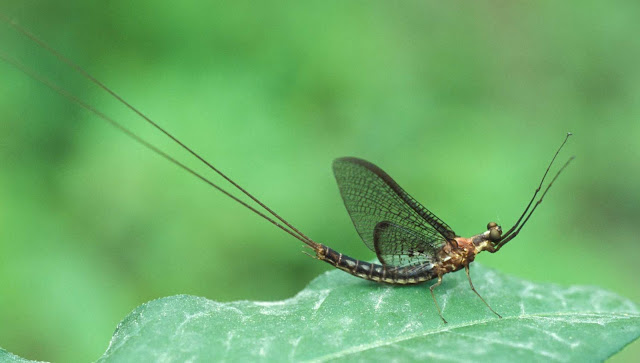
Hiking is a good way to treat the separation doldrums, even on a cold rainy day. Between showers we were back on the Nature Center trail when I saw this weird lettuce clinging to a dead branch. I sent the photographs off to Nancy Schanda, our chapter's lichenologist and she quickly responded, "Ramalinas are a Genus in the thallus growth form fruiticose. Lichens are really showing off with all this rain."

Next I tried a mycological viewpoint and Mark Bower responded, "I have found that lichen ID is a nightmare. They really are just fungi which have captured a photobiont. The algae or cyanobacteria don’t get much in return other than a place to stay - sort of like being in prison for a life sentence."
I thought this assessment was somewhat harsh until I read about Kerry Knudson, one of the foremost lichenologists in the Atlantic magazine. To quote him, "“The algae is trapped. It has a lot of tubes going into it. It’s controlled by chemical signals … The first time I saw it under the microscope, I wanted to join the Algae Liberation Front. I mean, it looked bad.”
"Alice Algae and Freddy Fungus took a Lichen to each other. They got married and ever since then their relationship has been on the rocks - and other substances." Ok, so it isn't Keats, but it does help the non-naturalist recall a basic fact.To be fair, the fungus allows the algae to inhabit bark surfaces and rocks that otherwise would be bare. The retention of moisture and chemicals from the fungus can slowly break down the rock, converting it to a component of soil in a matter of years. This isn't a glamorous task but it occasionally lets the fungus and algae swell with pride after a rain. Now back to Nancy for a more sympathetic description.
 "Lichens are unique organisms. They are a composite formed by a fungus plus a unicellular green alga and/or a cynanobacterium. Lichens can be classified by growth form to help with identification. This lichen, Ramalina sp. is an example of a fruticose lichen that attaches to the substrate at the base. Ramalina found in Missouri share several characteristics. They have many flattened, forked branches that usually taper toward the end. The outer surface is usually wrinkled and pitted and vary from greenish-gray to a pale yellow-gray."
"Lichens are unique organisms. They are a composite formed by a fungus plus a unicellular green alga and/or a cynanobacterium. Lichens can be classified by growth form to help with identification. This lichen, Ramalina sp. is an example of a fruticose lichen that attaches to the substrate at the base. Ramalina found in Missouri share several characteristics. They have many flattened, forked branches that usually taper toward the end. The outer surface is usually wrinkled and pitted and vary from greenish-gray to a pale yellow-gray."Fun facts:
- Many lichen are sensitive to pollution and large amounts of lichen suggests good air quality.
- They are a pioneer species, among the first to return after disasters and major ecological shifts.
- They can survive long periods of dehydration and even the vacuum of space with its widely fluctuating temperatures and cosmic radiation.
- The world's oldest living organism is an Arctic map lichen dating 8,600 years.
- The Forest Service wildflowers site has good color photographs of the three main growth forms: foliose, fruticose and crustose. At the bottom of each page there is a link that leads you on to habitat and collection and identification.
- Washington University has Lichens of Missouri, a brief overview.
- Wikipedia Lichen has the most complete information for us neophytes. Clicking on the highlights in common groupings shows examples.
 Lichen aren't limited to trees and rocks. Here is a specimen that I am calling is Toyota truckii that I found on my 17 year old Tacoma. It was always parked outside and I assume the moisture around the letters provided what the fungus needed to get established.
Lichen aren't limited to trees and rocks. Here is a specimen that I am calling is Toyota truckii that I found on my 17 year old Tacoma. It was always parked outside and I assume the moisture around the letters provided what the fungus needed to get established.



























